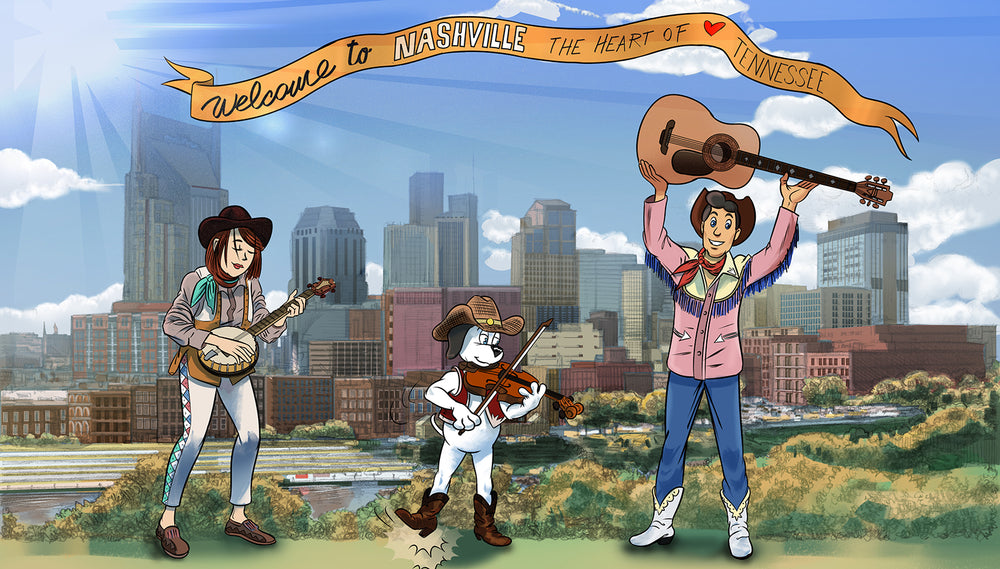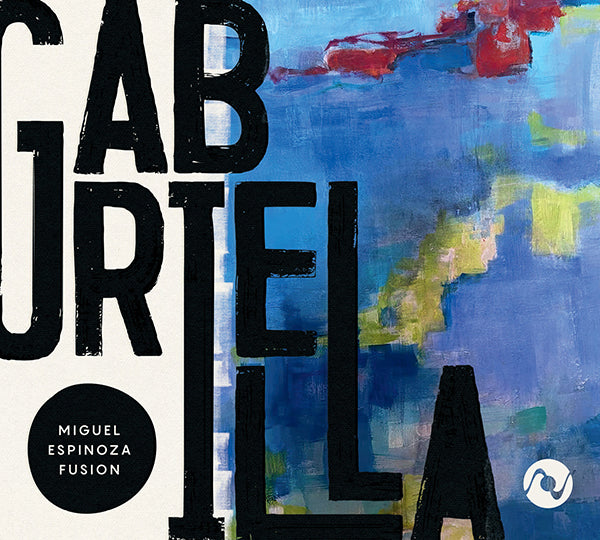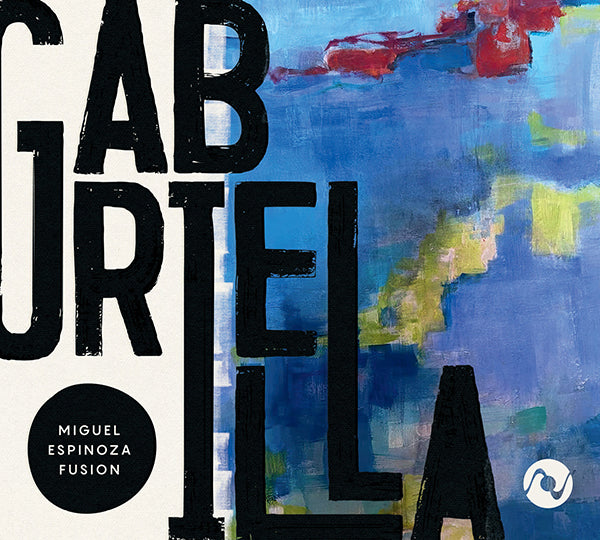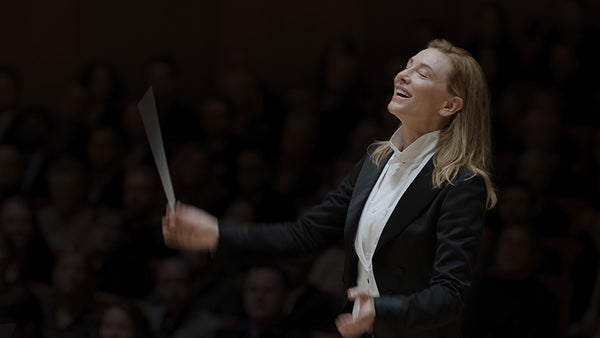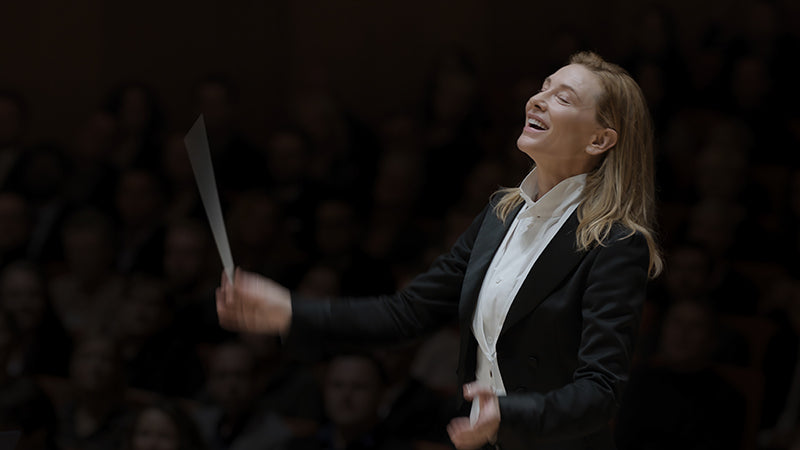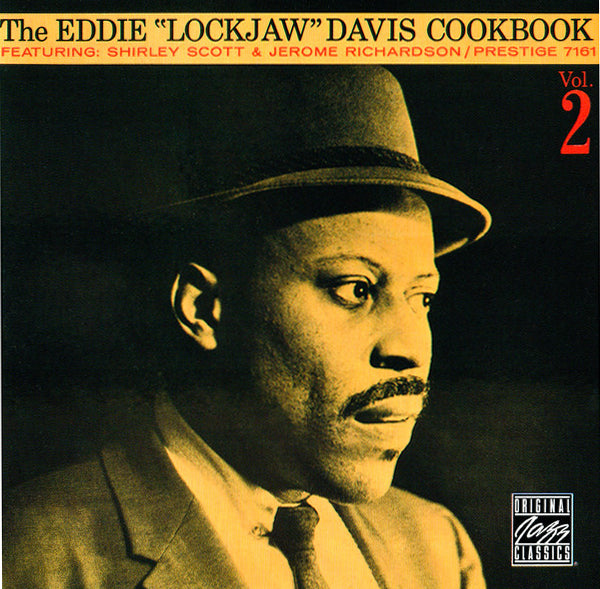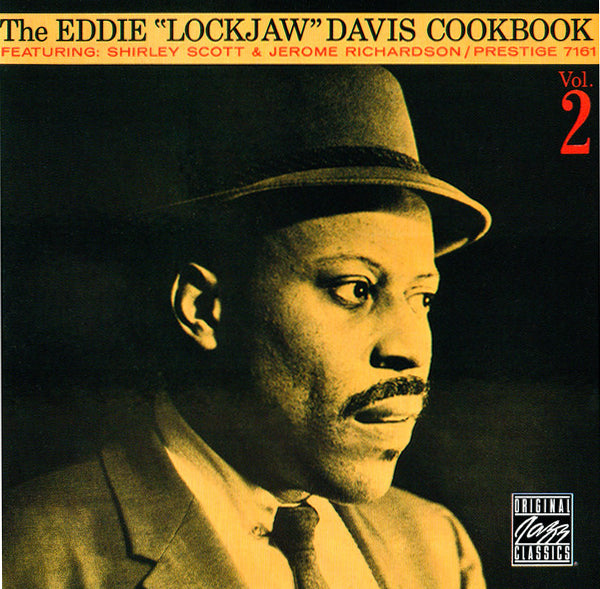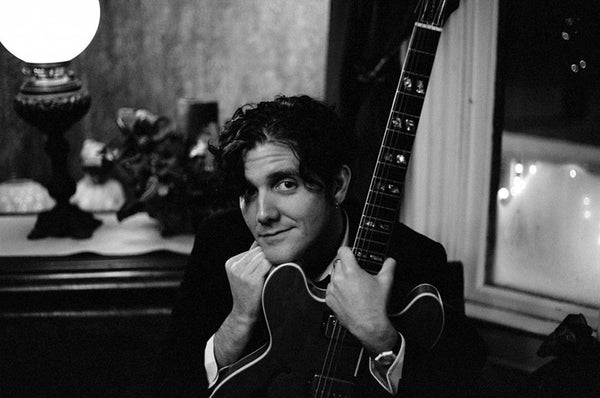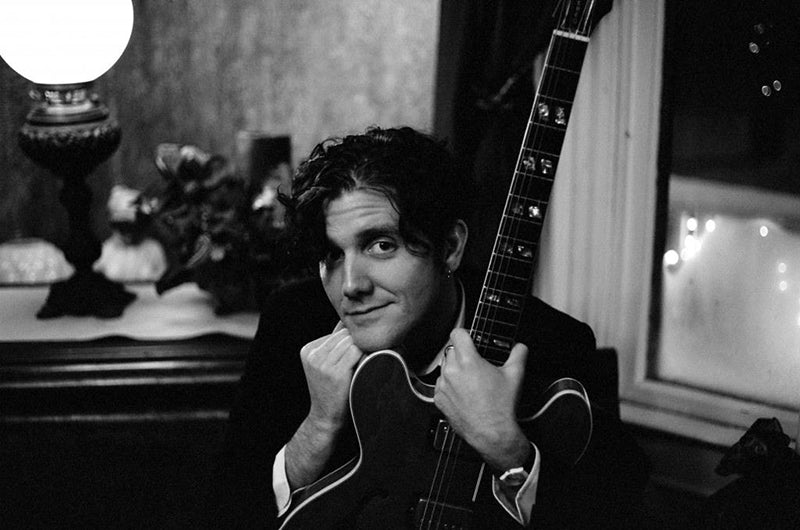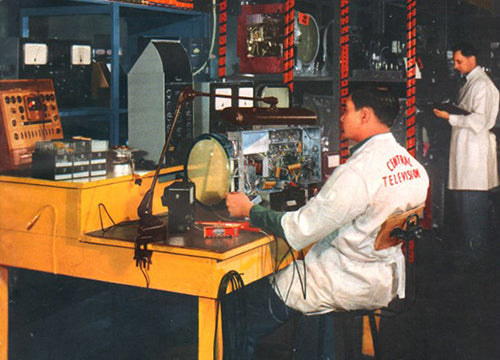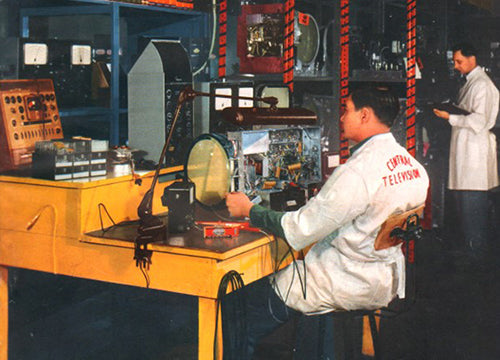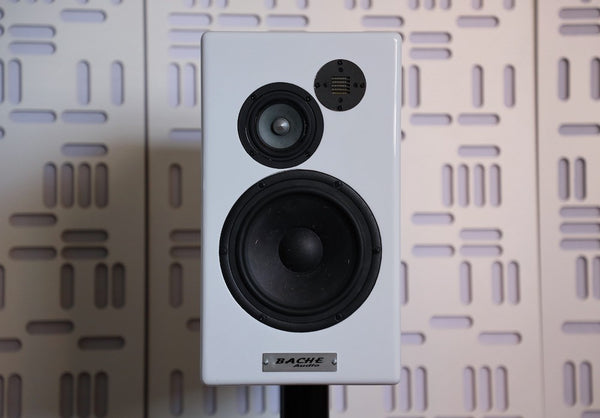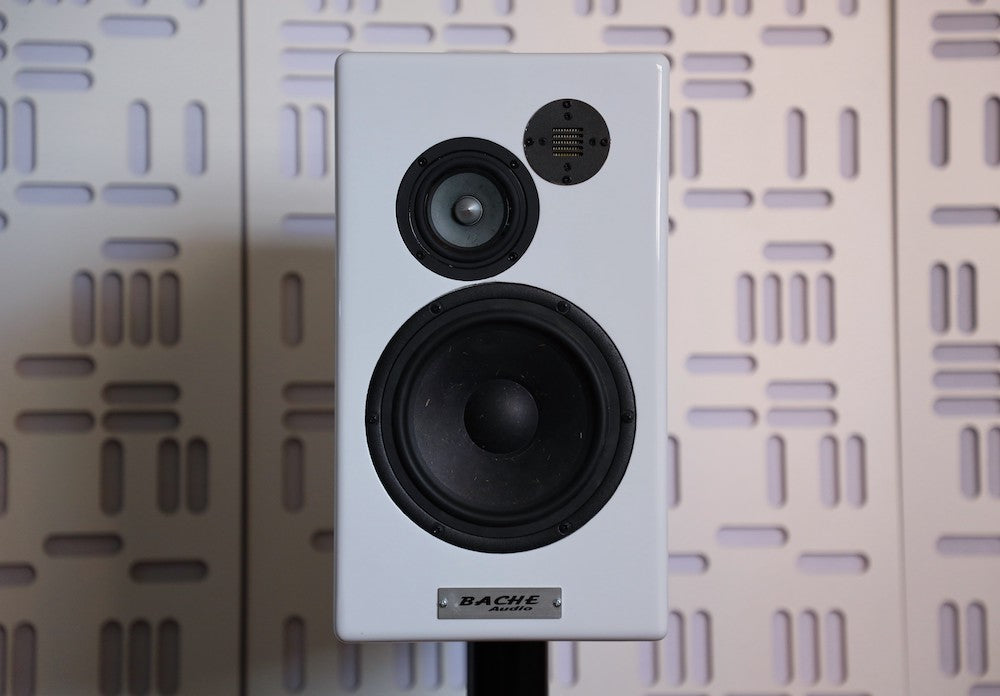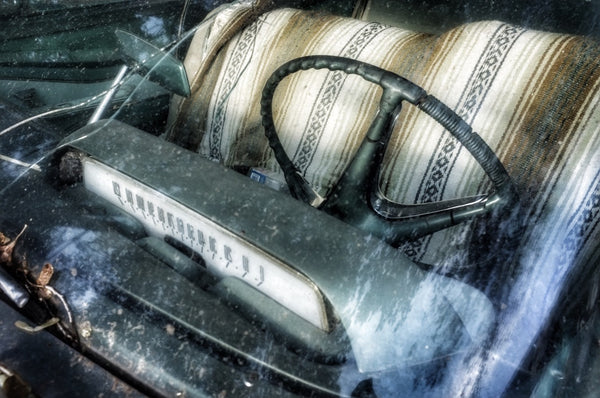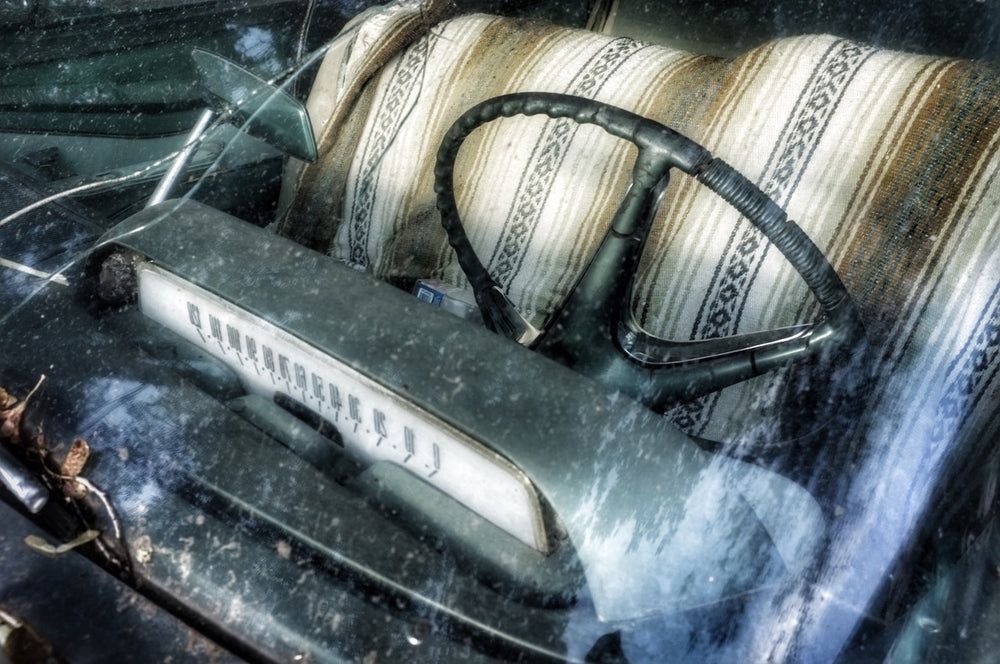During the Florida Audio Expo (FLAX), I basically live-posted capsules on Facebook from notable rooms I visited each day. Little did I know when I posted about Focal/Naim’s room that I was opening a tempest in a teapot! At the time of my visit, nothing other than a handout with a QR code identified the complement of loudspeakers and components in the Focal/Naim setup. So I used the information I had from my Focal contact, Wendy Knowles, which identified the loudspeakers as the Focal Maestro Utopia EVO. Within minutes, multiple posters were on Facebook arguing whether the loudspeakers in my pictures of the room were actually the Maestro Utopia EVO, or the Sopra No. 3. I mean, it almost got ugly!
This lively discussion carried on for a couple of days; I spent a considerable amount of time checking out emails from Wendy, the information in the QR code, and anything else that might be available online. The QR code took you to a site that listed a multitude of equipment that wasn’t present in the room I visited – including both the Maestro Utopia EVO and Sopra No. 3 loudspeakers. But I’m fairly certain from my photos that the loudspeaker in question was in fact the Maestro Utopia EVO. At least, they sure look like them as pictured on Focal’s website!
The QR code thing is another reminder of how we as a society are moving headstrong toward a paperless flow of information, and hey, I’m basically okay with that. But my show experience proved to me that the QR codes on display in so many rooms in lieu of literature with equipment lists were a great idea, but definitely still a work in progress!

Mobile Fidelity featuring Andrew Jones
A couple of weeks prior to FLAX, I got an email press release from Mobile Fidelity alerting me that speaker designer extraordinaire Andrew Jones would be present in Tampa, giving talks about his new MoFi SourcePoint 10 loudspeaker. “Great!” I thought, “I’ll definitely need to check that out!” Yeah, me and everyone else – after multiple attempts at entering a room where the tightly-packed crowd pushed out into the hallway, I finally got up my nerve and literally shoved my way past the adoring throngs to get a closer look.

MoFi’s new SourcePoint 10 loudspeakers are Andrew Jones’ latest design.
The SourcePoint 10 was paired in a minimalist system with a HiFi Rose RS520 Hybrid amplifier/streamer/DAC; the equipment rack was supplied by Solidsteel, and power conditioning was provided by Isotek. AudioQuest provided the Thunderbird cables that were used in the setup. The MoFi/HiFi Rose combination was surprisingly potent and superbly musical – I’ve been working with Class D amps from a variety of manufacturers over the last few years, and I’m definitely a believer! The HiFi Rose is a really cool unit (it definitely gets big points on appearance alone!), and seemed perfectly matched to the SourcePoint 10. The sound was powerfully moving, emotionally engaging, and simply remarkable. Especially considering that the total cost of the system was somewhere shy of $10K.

The SourcePoint 10 is a very large stand-mount loudspeaker, but has a really cool aesthetic.
Andrew Jones gave a brief but really interesting summary of his career as a loudspeaker designer and how that prepared him for his current gig with MoFi. He also outlined MoFi’s design goal for the SourcePoint 10, which was basically to employ a minimalist speaker complement, housed in a really cool-looking cabinet MoFi gave him a reasonable price-point budget, which allowed him to easily accomplish his personal goals for the SP 10 and supply an excellent product. I’d say that the SourcePoint 10s are a technological and musical triumph on every level, and I’m really glad that I brutishly forced my way in to have a listen!

Volti Audio with Border Patrol and Triode Wire Labs
Volti Audio’s room is always a “can’t miss” for me. Greg Roberts of Volti and “Triode Pete” Grzybowski are two of the nicest, most accommodating guys in high-end audio, and spending time in this room is like visiting with old friends. They’re always quick to offer a beverage, never refuse a music request, and generally will accommodate any volume level for any particular selection. That keeps the show attendees happy, and also gives them an excellent opportunity to check out the synergy of the particular system on display in the room. Volti featured two loudspeakers, the New Rival and the Razz (which I reviewed for Stereophile a couple of years ago). The New Rival has a slightly more compact cabinet structure compared to the original Rival, but still features the same internal componentry found in Volti’s flagship Vittora loudspeaker. The Razz offers a generous helping of the sonic signature of its larger siblings in the Volti line, which, considering its quite reasonable price point, is pretty amazing. Amplification and DAC were, as always, all-tube from Border Patrol, and the excellent cables were supplied by Triode Wire Labs. Streaming was courtesy of an Innuos Zen/Phoenix stack.

The New Rival loudspeaker is a superb update on the original!
I missed the Razz demo, which is usually much later in the afternoon, but made it in time to get an extended listen to the New Rivals, which were cranking out some Led Zep as I slipped into the crowded room. The sound was robust, but still very fluid, especially in the midrange and top end, no doubt due to Greg’s constant attention to the crossover elements he employs in his designs – and the tubed Border Patrol amp and DAC contribute mightily to the great sound. This is one of those rooms you just can’t get enough of!

ampsandsound, featuring Acora Acoustics, VPI Industries, and Cardas
Justin Weber of ampsandsound and I go back a few years, when I reviewed his Leeloo Mono tube amps here on Positive Feedback. That experience was a complete eye-opener for me with regard to what a two-and-a-half-watt tube amplifier can do with a high-efficiency loudspeaker! When I got his e-mail that he’d be exhibiting at FLAX, I reached out to let him know that I’d looove to check out his room to see and hear some of his current amp designs. Justin’s a really interesting guy; when he’s not building world-class tube amplifiers, he works as a licensed clinical social worker in both psychiatric and medical health situations, often in emergency rooms. Justin’s definitely talented at engineering great tube designs, but he’s also a real stand-up guy.

Justin’s Casablanca amps were the stars, and they meshed perfectly with the Acora SRB stand-mount loudspeakers.
The ampsandsound room featured a pair of Casablanca mono amplifiers, along with their stereo preamplifier, which sports a built-in moving-magnet phono stage. ampsandsound paired with Acora Acoustics, who supplied their SRB stand-mount loudspeakers (including the granite stands). The analog source was a VPI Classic Signature table mounted with an Ortofon 2M Bronze cartridge; the digital streaming stack was supplied by AURALiC. All cables in the system were from Cardas.
The Casablanca monos output 60 watts per channel with KT88 tubes, and are a high-current design that Justin claims are capable of driving any medium-efficiency loudspeaker to satisfying levels. The Acora SRB are rated at 8 ohms and 86 dB/watt, which is a textbook definition of a medium-efficiency loudspeaker. Justin played a diverse selection of demanding tracks that would challenge any amplifier, but the Casablanca never ran out of gas, powering the diminutive SRB’s perfectly. The Acora projected a soundstage that was deep and wide, casting a tantalizing illusion of realism. This was a seriously great-sounding room!

Orchard Audio featuring Soundfield Audio and Triode Wire Labs
I was familiar with Orchard Audio from my exposure to their PecanPi streamer, but I had no idea prior to FLAX that designer Leo Ayzenshtat also would be exhibiting two Gallium Nitride Class D amplifiers. The Orchard room featured the Starkrimson Ultra Stereo 500 WPC amp, as well as a pair of Starkrimson mono 150-watt amps. The system also featured the aforementioned PecanPi streamer/network audio player/DAC. Soundfield Audio supplied two different stand-mount loudspeaker models, the M1C and a second I haven’t been able to identify yet. All cables were provided by Triode Wire Labs, with the exception of the proprietary power supply cables utilized by the pair of mono amps.

The Starkrimson Ultra stereo amplifier is a beast!

The Starkrimson Monos are a cool and compact design that Leo prefers to position close to the loudspeakers. The Triode Wire Labs cables are everywhere in this room.
I had the luxury to chat with Leo for what seemed like forever about GaNFET technology, and about his design goals for both the stereo and mono amp configurations. Because the amps were each connected to separate pairs of Soundfield Audio loudspeakers, it was very easy for Leo to switch between them and demo the differences (and similarities) between the two amp designs. When I walked into the room, the Starkrimson Ultra stereo amp was playing through the Soundfield M1C loudspeakers; the track was the DSD file of “A Nightingale Sang in Berkeley Square” from an SACD by Harry Connick, Jr. The track displayed absolute realism of sound, a perfectly rendered soundstage, and when Branford Marsalis’ sax solo appeared, the complete liquidity of the presentation totally grabbed my attention.

Upstream Audio featuring Focal, Aesthetix Audio, Clearaudio, and Sonore
I talked to Garth Leerer of Musical Surroundings several weeks before FLAX to check whether they’d be present this year, so we could perhaps catch up. Garth didn’t make it, but Musical Surroundings partnered with West Coast dealer Upstream Audio. The loudspeakers in the room were a pair of Focal Kanta No. 2s; they were powered by an Aesthetix Audio Dione hybrid amplifier along with an Aesthetix Pallene preamplifier. The analog sources were tables from Clearaudio, a Reference Jubilee fitted with a Hana Unami Red cartridge, a Concept AiR Wood that was fitted with a Concept MC cartridge, and an Ovation turntable with a DS Audio optical cartridge. Digital sources included an Aesthetix Romulus Signature CD player/DAC, along with streaming supplied by a Sonore Optical Rendu. All cables in the system were from Iconoclast and Sonore, and power conditioning was supplied by IsoTek.

This chamber music re-imagining of the music of Jethro Tull shocked me with its goodness!
During my visit, the Ovation turntable was playing an LP of a string quartet that sounded…eerily familiar; but not in a classical way, and I just couldn’t put my finger on it. When I inquired about the music, a show attendee reached into his bag and pulled out, of all things, a Jethro Tull album he’d brought with him, where Tull selections were performed by a string quartet with Ian Anderson contributing flute and vocals. The sound quality was almost lifelike over the Focal Kantas; that was probably due in no small part to the excellent table and that DS Audio optical cartridge. Not surprisingly, I was amazed that I’d somehow missed this record from several years ago. Hey, FLAX is always a great place to discover new music.

Joseph Audio featuring Doshi Audio and Cardas
I always try and make a point of checking out Jeff Joseph’s room; mainly because Jeff is such an incredibly nice guy, who I feel like I could totally just hang out with in some other alternate version of my life. But the Joseph Audio room is always among the most musical you’ll hear at any show, and the usual complement of Doshi Audio electronics that are typically always feeding Jeff’s loudspeakers don’t hurt things either. As always, all cables throughout the system ware from Cardas, and the digital source was an Aurender A20 Reference network player.

The Joseph Audio loudspeakers sounded great, even playing online videos from NPR!
Jeff was showing his superb Pulsar 2 Graphene loudspeakers, which are an incredible value at just shy of $10K. Doshi Evolution Series tubed amplification and preamp were driving the Pulsars, and the sound was as great as ever – but this year, there was a twist. Right in between the loudspeakers, there was what appeared to be a 55-inch flatscreen TV, and a concert recording from Montreux featuring Miles Davis in a big band setting conducted by Quincy Jones was playing. And to my utter shock, the sound was astonishingly good, I mean ridiculously good. Miles was in top form, it was great to see Quincy Jones at work, and the sound was beyond reproach.
Jeff then announced that he would next play a few tracks from an LA band, Moonchild, from an NPR Tiny Desk Concert video. Again, I wasn’t sure what to expect; I mean, videos in Jeff Joseph’s room? But as the video commenced, I was completely struck by not only the impressively good sound, but also the superb quality of the video image. And Moonchild is an incredibly talented group of musicians. The trio are each multi-instrumentalists, and they were augmented by a drummer and a group of backup singers. Their style is kind of a jazz fusion of sorts, with almost seductive vocals from singer Amber Navran, and the combination of horns, woodwinds, and keyboards/synths from the group members was almost irresistible! Playback apparently was from this video that Jeff was streaming from NPR’s website. It made no sense to me, but I totally enjoyed the experience.

Aretai featuring Convergent Audio Technology and ViaBlue
Aretai is a loudspeaker manufacturer from Riga, Latvia; the loudspeakers they displayed at FLAX were from their Contra Collection. The model that was highlighted in the room was the Contra 100S, which is a smallish sealed box stand-mount that can be used for either in-room or desktop setups. The Contra 100S features a distinctive ring radiator high-frequency driver assembly that’s dominated by a large cylindrical waveguide assembly. That assembly encircles and encases the high-frequency driver and protrudes from the cabinet’s face – it very much resembles a horn (but these are not horn-driven speakers). Janis Irbe, Aretai’s founder and chief designer told me that the waveguide is actually movable, and can be pulled forward to suit the listener’s preference. And the waveguide/high-frequency assembly can be easily removed; it can be ordered in a variety of colors, and apparently customers like the range of available choices. The Contra 100S also features dual 6-inch midbass/woofers, and is specified to reach down to 34 Hz, although Janis assured me that the dual woofers will allow in-room measurements at least an octave lower than specified.

The Contra 100S is a really cool-looking loudspeaker that also offers incredible performance.
Aretai’s room featured tubed electronics from Convergent Audio Technology; the amplifier in the system was a JL-5 Black Path Extreme Special Edition, and the preamp was an SL-1 Legend Black Path Extreme. The digital source was a network player from Aurender. The impressive and robust looking cables, spikes, absorbers, and room enhancement products in the system were supplied by German manufacturer ViaBlue.

The ViaBlue cables are impressively well made.
Playback started with “Flight of the Cosmic Hippo” by Bela Fleck and the Flecktones, which was a really good acoustic/electric introduction to the Contra 100s’ imaging capabilities. That was followed by jazz singer Jane Monheit’s “Honeysuckle Rose,” which features a superb walking bass intro that showed the diminutive loudspeaker’s in-room bass response to really good effect, and Monheit’s voice was exceptionally lyrical and solidly centered in the soundstage. Janis then played “Bubbles” from Yosi Horikawa, an electronica piece that bounced around the room behind and beyond the soundstage. The final track he played was “2049” from composer Hans Zimmer from the Blade Runner 2049 soundtrack; the bass content was impressively deep, such that I’d have sworn a sub or two were tucked away in the room somewhere. Overall, the Aretai/Convergent/ViaBlue combo made quite the impression, and were supremely musical – I’ll definitely keep my eyes on these guys!

Next Level HiFi featuring Aavik Acoustics, Ansuz Acoustics, and Borresen Acoustics
AGD – Audio Group of Denmark – showed again this year in cooperation with their Chicago-area dealer Next Level HiFi. Next Level had three rooms at FLAX, where they showcased AGD’s three brands, Aavik Acoustics, Ansuz Acoustics, and Borresen Acoustics. Amplifiers, preamplifiers, digital sources, and all electronics fall under Aavik’s umbrella; the Ansuz brand features AGD’s cables, power distribution, and resonance control products; while the Borresen brand spotlights AGD’s loudspeaker production. All products displayed in all three rooms are manufactured by AGD, and they’re built of exotic materials to nearly unbelievable tolerances – an AGD system is any audiophile’s dream, albeit a very expensive one!

The new Axxess Forte is a tremendous performer at a surprisingly low price point.

The Borresen X3 offers performance on par with its much more expensive siblings.
But the real reason to check out the AGD offerings at FLAX this year was the introduction of their new entry-level brand, Axxess. The room exhibited the company’s debut product, the Forte, which is an all-in-one device that is basically an integrated amplifier with built-in DAC and streamer modules. The show also featured the debut of a new entry-level Borresen loudspeaker line, the X Series, with the new X3 on display. Everything in the entry-level system shows a generous helping of serious trickle down from the megabuck technology employed in the full-line AGD brands. And the Forte and X3 combined clock in at under $20K. Let the rejoicing begin!

Focal/Naim with Vicoustic
Focal/Naim’s room featured loudspeakers and headphones from Focal, Naim Statement electronics, as well as digital equipment from Naim. No cables were listed in the online, in-room, or QR code information. Acoustic panels in the room were supplied by Vicoustic. The room was crammed with listeners, and it took a few minutes for me to maneuver myself into anything resembling a good position to evaluate the sound coming from the system.
The loudspeakers on display were the gargantuan Focal Maestro Utopia EVO, and the room featured a massive pair of Naim Statement mono amplifiers, as well as a matching Naim Statement preamplifier. The digital source also came from Naim, an NDX 2 Network Audio Player/DAC. The sound was absolutely superb, as should be expected from the monster complement of Naim electronics driving the big Focals. A guy beside me asked, “what are the big black boxes in the middle of the room – do they serve some purpose?” One of the reps in the room explained that they were the amps and preamp; this guy was pretty flabbergasted by the scale of the Naim equipment powering the huge Focals. Trust me, he wasn’t alone – this monster system produced a monster sound.

MoFi Distribution featuring Falcon, BAT, Mobile Fidelity, and Solidsteel
Mobile Fidelity-distributed equipment was also on display at the show. This room highlighted two pairs of Falcon loudspeakers: the limited-edition LS3/5a Gold Badge stand-mount speakers, and the M10 speakers. Balanced Audio Technology provided the system power with a VK3500 integrated amplifier. MoFi also furnished the system’s source, a Precision Deck turntable, as well as a MoFi StudioPhono phono preamplifier. The turntable was fitted with a MoFi Master Tracker cartridge. All stands and racks were provided by Solidsteel. I only got to hear the less-expensive M10 loudspeakers during my visit. While the LS3/5a Gold Badge is undoubtedly a “gold standard” among small loudspeakers, the M10 produced a sound that was musically refined, if not quite on the same level as its more expensive sibling. Still, the M10 was a very compelling performer.

The MoFi Precision Deck turntable was an excellent performer and had that retro cool finish.
The other really outstanding item in the Mobile Fidelity Distribution room was their own MoFi Precision Deck turntable, which provided the analog source for the demo. The Precision Deck has a retro cool, limited-edition Fender swamp ash sunburst-finish plinth, and from what I heard in the room, it’s also an excellent performer. A lot of guys in the room were taken by the turntable’s exceptionally good looks!

Just Audio.com
Somehow or another, I ended up getting an Instagram follow request from Just Audio.com, which is a Baltimore-area high-end dealer that sells tons of equipment online and in a brick-and-mortar store. But their Instagram feed also features a steady flow of vintage gear they’ve acquired and rehabbed for resale that I enjoy lusting over online – staring at those vintage gear posts really takes me back. Anyway, I really wanted to check out their two rooms, which, more than anything else, exuded this kind of “Crazy Eddie” energy from those Seventies commercials. It’s an interesting vibe, to say the least.
One of the rooms featured a vintage rack of Pioneer gear from the seventies, with amp, preamp, equalizer, open-reel deck, and a receiver; the rack was flanked by a pair of JBL studio monitors that were encased in clear acrylic cabinets. A neon Just Audio sign cast an eerily effective, nearly psychedelic electric blue light through the JBLs, and everyone in the room was absolutely digging it!

Moon Audio
I’ve always recognized Moon Audio for their cables; back in the early days of USB computer audio, they were one of the first cable manufacturers to offer a high-end alternative to off-the-shelf USB cables, like their Dragon and Silver Dragon lines. At the very least these gave the impression (if by nothing else other than their well-made appearance) that someone out there was actually concerned with USB quality.

Headphones from many manufacturers were available to try out in Moon Audio’s room.
Well, apparently they’re also very big into servicing headphone playback, because almost the entire room seemed focused on headphones, amps, and DACs from just about every manufacturer imaginable. I mean, there was headphone gear from Astell & Kern, Audeze, Aurender, Focal, Dan Clark Audio, Fostex, HiFiMan, iFi, Sony – heck, there were even electronics from DCS in the room – seriously? I don’t generally engage in a ton of headphone listening in my normal routine, but I’m obviously way behind the curve on this one. If you’re really into cans, you should definitely check Moon Audio out.
All photos courtesy of the author.


